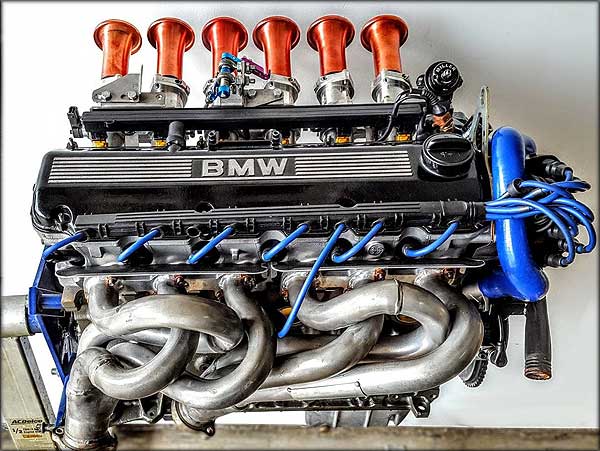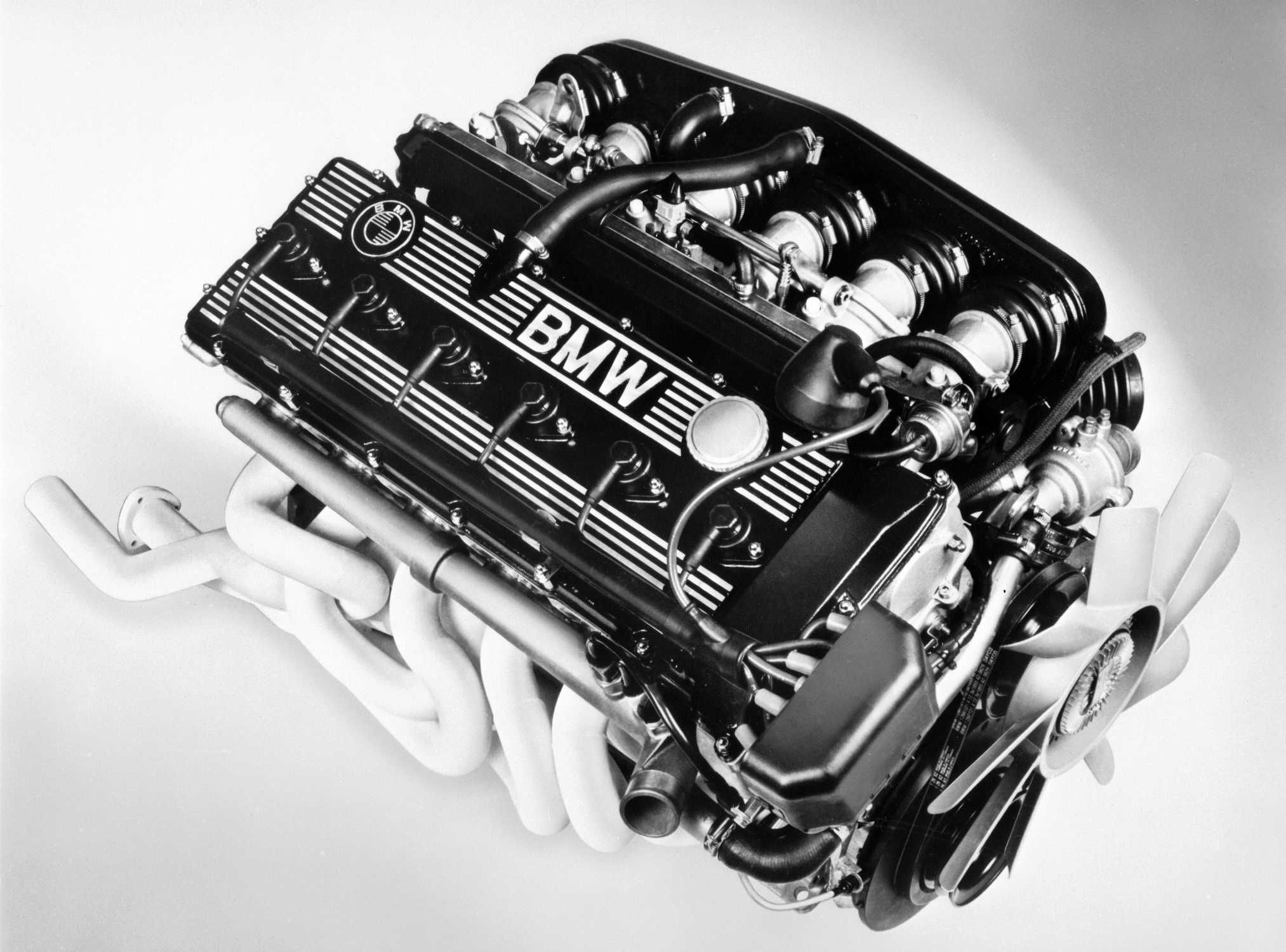Just how to Keep Your BMW Engine for Optimum Efficiency and Long Life
Just how to Keep Your BMW Engine for Optimum Efficiency and Long Life
Blog Article
Exploring the Evolution of Combustion Engines in Modern Transportation Systems
As we navigate the landscape of modern transportation, the evolution of combustion engines stands as a testament to human ingenuity and engineering prowess. From their humble beginnings to the sophisticated powerhouses moving cars today, combustion engines have gone through an exceptional trip of technology and adjustment. Understanding the intricacies of this evolution not just clarifies the past yet additionally leads the method for imagining what lies in advance in the realm of transportation innovation. The interplay of history, technology, and environmental worries fit the trajectory of burning engines produces a story that is both informative and engaging.
Early Beginnings of Combustion Engines
How did the principle of combustion engines initial emerge in the onset of transport advancement? When the principles of inner combustion were initial explored, the origins of combustion engines can be mapped back to the 17th century. In 1673, Christian Huygens conceptualized a fundamental internal combustion engine that made use of gunpowder to produce power. It had not been up until the late 19th century that useful applications of combustion engines in transport began to arise.
The development moment came with the creation of the initial successful gasoline-powered engine by Karl Benz in 1885 - bmw engine. This engine led the means for the development of the contemporary auto, revolutionizing transportation systems worldwide. Succeeding innovations by Nikolaus Otto and Gottlieb Daimler even more improved burning engine technology, resulting in the mass manufacturing of autos and the rapid expansion of the transportation market
These early combustion engines were characterized by their simplicity and efficiency, laying the foundation for the complex and powerful engines made use of in modern-day transportation systems. The advancement of burning engines has contributed fit the way we travel and transfer items, noting a considerable landmark in the background of transportation advancement.
Shift to Internal Combustion Modern Technology
The shift to interior combustion technology marked a critical change in the advancement of transportation systems. This change began in the late 19th century, with innovators like Nikolaus Otto and Gottlieb Daimler creating the initial successful inner burning engines. These engines reinvented transport by providing a much more efficient and effective alternative to heavy steam engines and electrical motors.
Among the essential advantages of interior burning engines was their ability to be scaled down to suit vehicles, bring about the advancement of motorbikes and vehicles. This change from large, fixed engines to small, mobile ones led the way for the modern-day transportation systems we see today.
The change to interior burning innovation additionally spurred advancements in gas technology, causing the development of gas and diesel as key fuel resources for vehicles. This shift not just made transportation a lot more available to the masses yet also laid the foundation for the oil and gas sector to become important to international economies.
Effect of Combustion Engines on Transportation
The fostering of burning engines in transportation systems catalyzed an extensive change in the effectiveness and speed of international wheelchair. Burning engines transformed transport by providing a trustworthy and versatile resource of power for numerous cars, including autos, aircrafts, ships, and vehicles. This innovation considerably improved the capability for individuals and items to relocate over long distances in shorter time frameworks, causing boosted connection in between areas and nations.
Moreover, the extensive use read the full info here of combustion engines has had a significant effect on economic development. The ability to transfer goods efficiently has stimulated profession and business, enabling companies to expand their markets and reach customers worldwide. This has actually assisted in economic growth and globalization, as products can currently be moved much faster and in larger quantities than ever before.
Nonetheless, the ecological effect of combustion engines can not be overlooked. The burning of fossil gas has actually caused air pollution and greenhouse gas emissions, adding to environment modification and positioning health threats to populaces. bmw engine. As a result, there is a growing focus on establishing alternative propulsion technologies to minimize these unfavorable effects and develop a much more sustainable future for transport
Developments in Combustion Engine Layout
One noteworthy advancement is the growth of turbocharged engines, which make use of exhaust gases to drive a generator that presses incoming air, allowing for more gas to be burnt, resulting in raised power result without a substantial rise in engine size. Variable valve timing systems have actually additionally revolutionized engine design by maximizing airflow at different engine rates, enhancing both power and effectiveness. These developments visit this web-site jointly add to the continual enhancement of combustion engines in modern transport systems.
Future Patterns in Combustion Engine Growth
With modern technology improvements driving continual development, the future of burning engine development is poised to change transportation systems internationally. One of the key patterns in burning top article engine growth is the push towards better efficiency and minimized exhausts.
Another popular fad is the fostering of hybrid innovations in burning engines. Crossbreed engines combine conventional combustion modern technology with electrical power, offering enhanced fuel performance and reduced exhausts. As the automotive market changes towards electrification, crossbreed combustion engines are seen as a transitional service that connects the space in between standard lorries and totally electrical ones.
Moreover, the integration of wise innovations, such as man-made knowledge and information analytics, is anticipated to play a substantial duty in the future of burning engine growth. These modern technologies can maximize engine efficiency in real-time, bring about extra reliable burning procedures and improved general automobile performance. Embracing these future trends will not just drive technology in burning engine growth however likewise add to a more ecologically friendly and sustainable transportation ecological community.

Final Thought
In verdict, the advancement of burning engines in modern-day transport systems has actually been noted by substantial innovations in modern technology and layout. From the very early beginnings of burning engines to the transition to internal burning innovation, these engines have actually had an extensive influence on transportation. Advancements in combustion engine layout continue to drive progress in this area, with future fads concentrating on additional enhancing efficiency and reducing emissions. The future of burning engines in transport looks appealing as r & d initiatives continue to push borders.
The origins of burning engines can be traced back to the 17th century when the concepts of interior burning were very first explored. These engines revolutionized transport by providing an extra effective and effective choice to heavy steam engines and electric motors.

Report this page